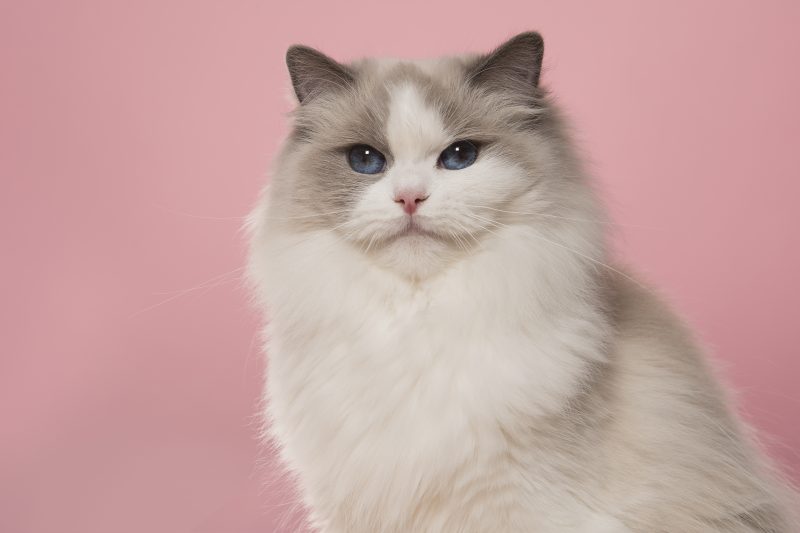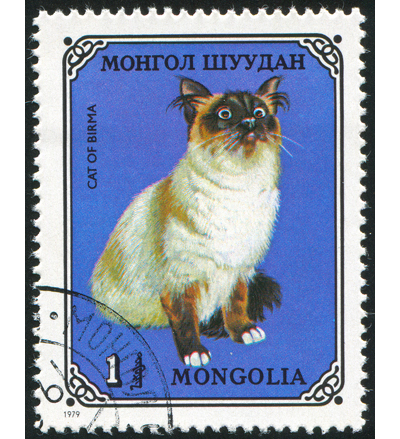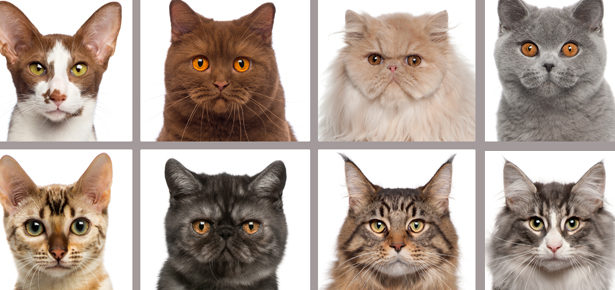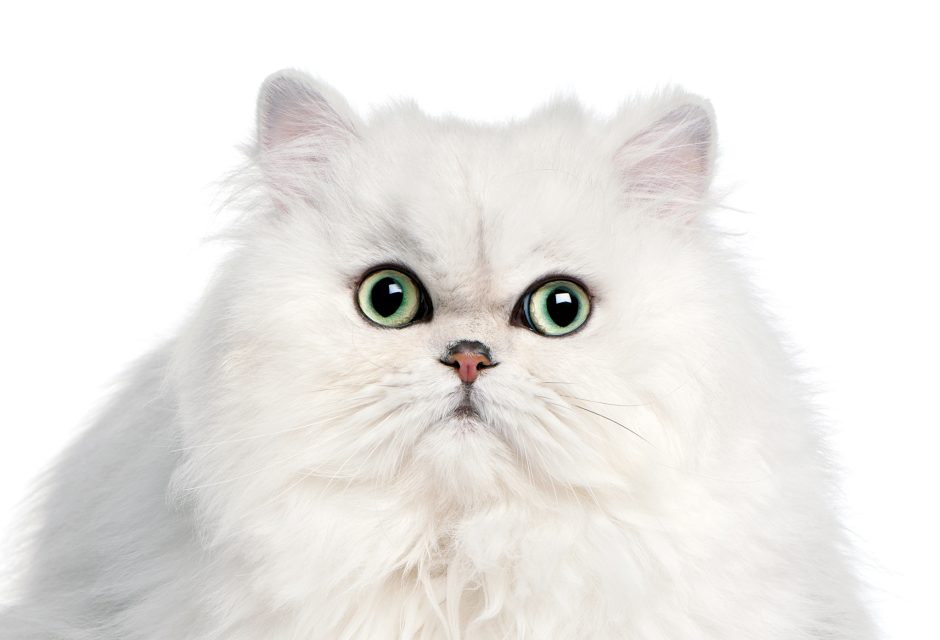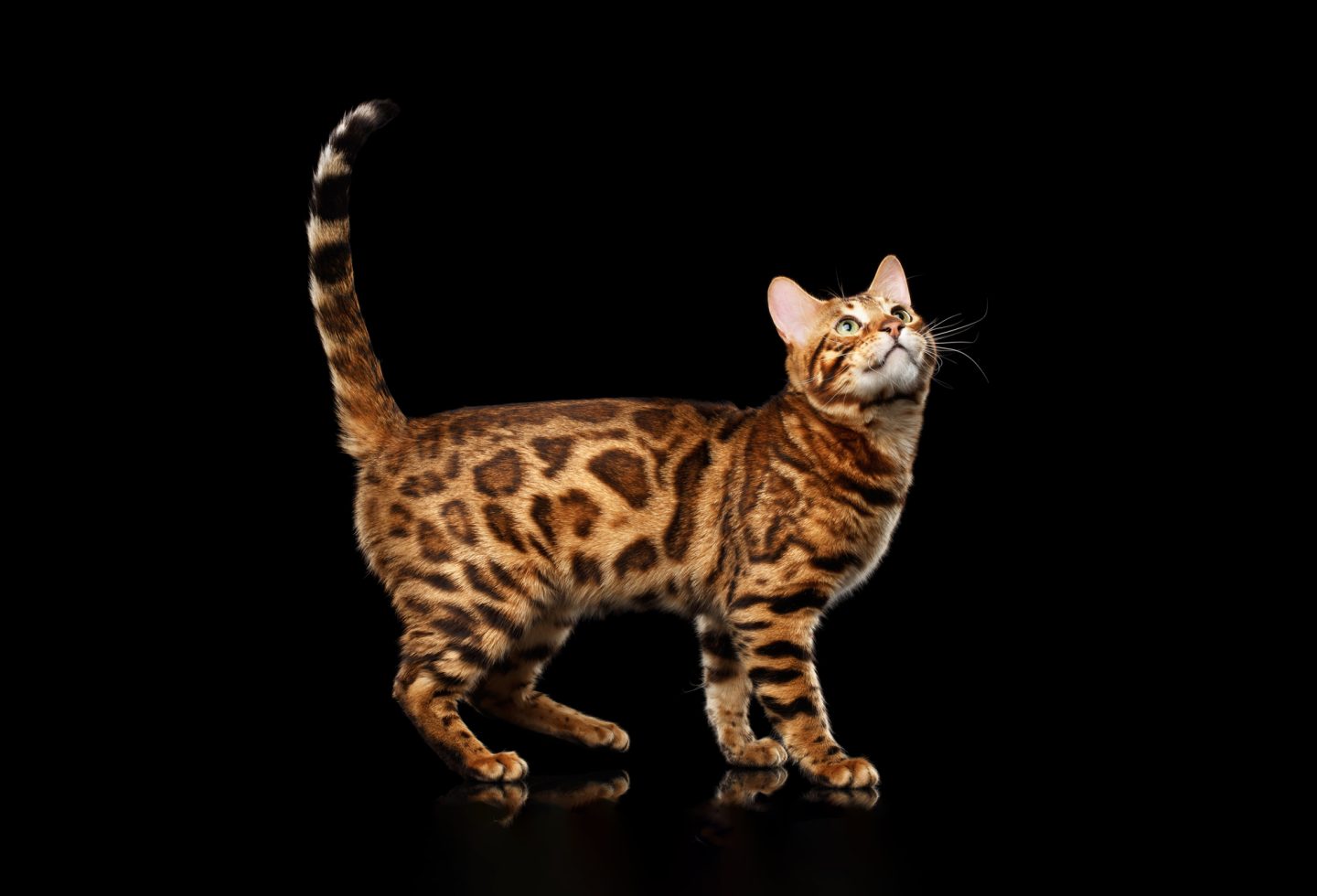
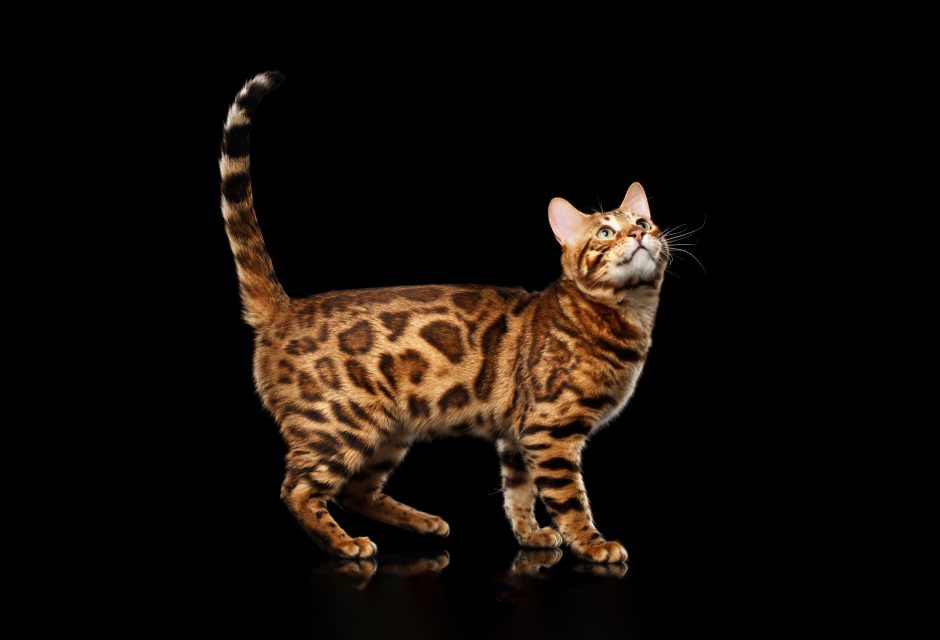
Bengal
Graceful, powerful, and athletic: Is the Bengal—a Leopard-coated beauty—the cat for you? Read on to find out!
Have you recently adopted a Bengal cat, or thinking of getting one? These cats are known for having beautiful spotted markings on their fur, being sleek, muscular and agile, and giving off an ‘exotic wildcat’ vibe. Here’s some interesting background information on Bengals, and things you’ll want to know before having one of these gorgeous kitties join your family.
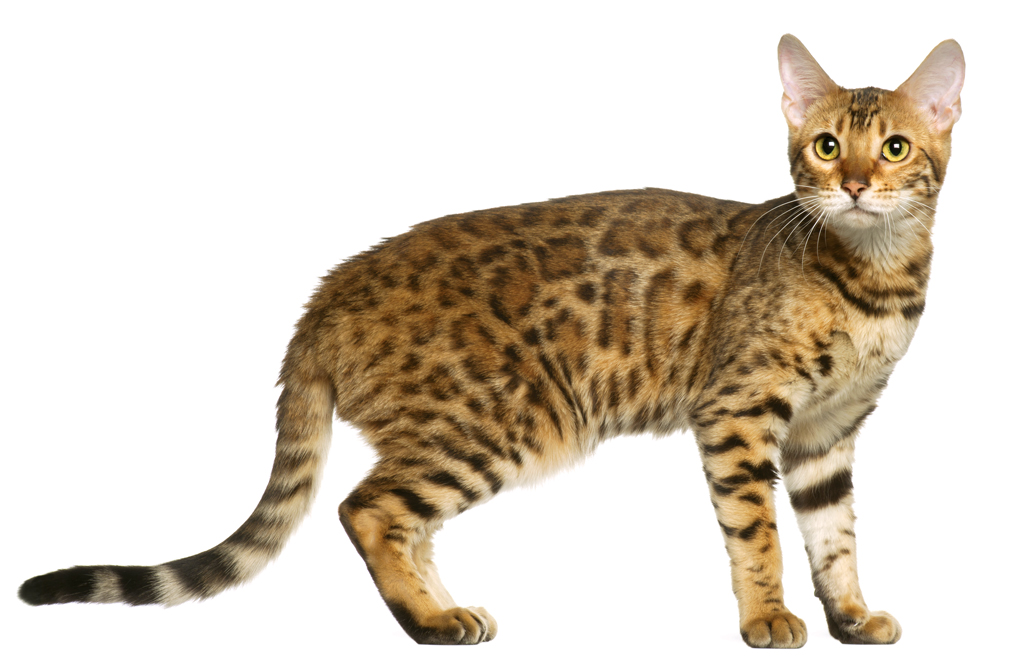
Photo Life on White/Bigstock
History of Bengal Cats
In the 1960s, the Bengal was developed as a hybrid between Asian Leopard Cats and a variety of domestic cats with a lofty goal: to develop a breed that had the exotic look of a wild cat, but with a friendly disposition ideally suited to a family pet. Bengals were studied in the 70’s because of their ‘immunity’ to feline leukemia, an incorrect assumption that was debunked later on. Bengals were finally recognized as a breed with The International Cat Association in 1986 and since then have been recognized in several colours and patterns for competitions and shows including brown, mink, sepia, silver, spotted, marbled, and seal lynx point.
Bengal Cat Appearance and Markings
With their beautiful markings it’s no wonder people refer to Bengals as the little leopards of the cat world. This medium-sized breed’s coat is its hallmark and comes in marble and spotted patterns as well as a variety of shades. Two unique qualities make the Bengal coat even more striking: rosettes and glitter. Rosettes are rose-like markings found on the fur of a number of wild cats, including leopards, jaguars, and ocelots. In the case of predatory cats, those coat patterns serve a practical purpose—to mimic shadows, helping these animals remain stealthy on the hunt. And just what, exactly, is glitter? When it comes to cats, it’s a recessive gene that gives the hair a shiny, metallic look. In the right light, a Bengal with glitter looks as though he’s been sprinkled with gold dust. Like rosettes, not all Bengals have glitter and it is not a required trait, though it is considered highly desirable.
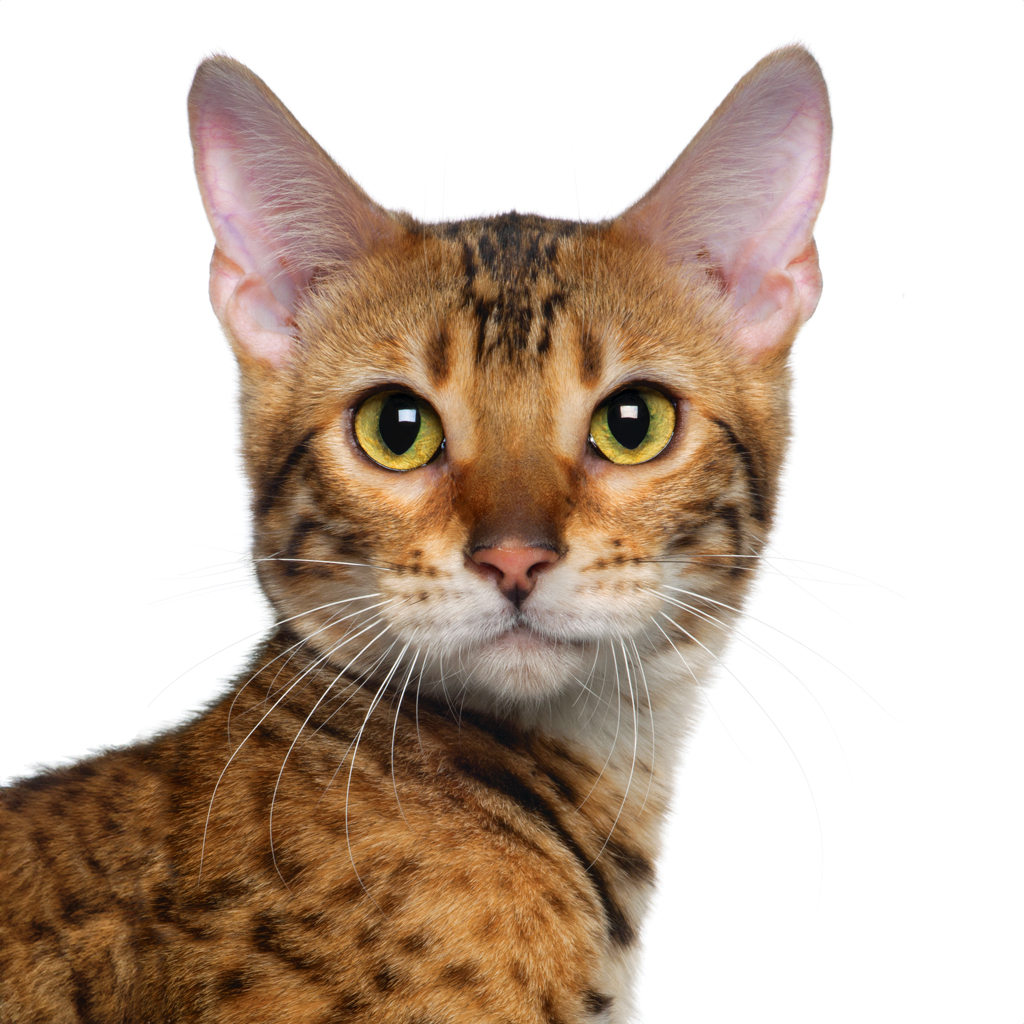
Photo Life on White/Bigstock
Bengals are usually short haired, but also come in a long-haired variety typically called a Cashmere Bengal. Cashmere Bengals come from a recessive gene that can appear when purebred Bengals are mated, however they are typically unrecognized by cat registries. The Bengal is a medium-sized breed. Small females can weigh in at as little as six pounds; their male counterparts average closer to 15 pounds. The Bengal is an inherently muscular breed and rather long in the body, so often these cats appear larger than their weight.
Bengal Cat Behaviour & Temperament
There is no question that the Bengal has the exotic look of a jungle cat, but when it comes to temperament, this is one big pussycat. Bengals are known for their friendly and affectionate demeanour, and their people-pleasing nature has many a fancier referring to them as downright dog-like.

Photo Ian McGlasham/Bigstock
Athletic and playful, the Bengal will be happiest in an environment where he receives plenty of your time and attention. The Bengal wants to be part of the action and daily play time is a must. While you’re away, leave out some interactive toys for this curious cat, particularly if yours is a one-cat household. Bengals tend to get along well with other animals, so if there is another pet in your home, you’ll most likely see your Bengal making fast friends with him or her. But don’t worry, you’ll still be number one. Bengals love their people and when they are not on the move they’re almost always at your side (or more accurately, on your lap.)
And here’s something you don’t hear about cats very often: Bengals actually like the water. A dripping water tap will likely strike your Bengal as a great interactive toy. There are countless stories about Bengals playing with water and even jumping into the shower along with their owners. Think of it as just one more way in which the Bengal stands apart from the regular cat crowd.
It is said that a leopard can’t change its spots. In the case of the Bengal, between their exotic appearance and fun-loving, affectionate temperament, it’s safe to say that fanciers wouldn’t want to change a thing.
Join the newsletter and never miss out on cat content again!
"*" indicates required fields
By clicking the arrow, you agree to our web Terms of Use and Privacy & Cookie Policy. Easy unsubscribe links are provided in every email.






